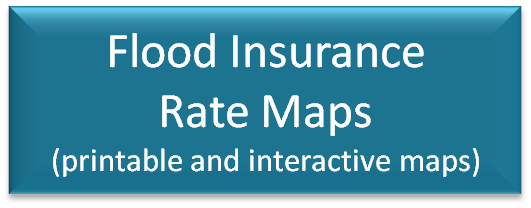The Federal Emergency Management Agency (FEMA) creates Flood Insurance Rate Maps for unincorporated Lee County. Community Development staff provides important services to support Flood Insurance Rate Maps. These services verify and document:
|  |
What is a Flood Insurance Rate Map (FIRM)?
Flood Insurance Studies are compilations of flood risk information used for community planning and development. The Federal Emergency Management Agency (FEMA) works with community leaders across the country to identify flood hazards and promote ways to reduce the impact of those and other hazards. A FIRM is a map created by FEMAs National Flood Insurance Program for floodplain management, building and flood insurance purposes. FIRMs are also referred to as Flood Maps. A FIRM will generally show a community’s base flood elevations (predicted level of flooding), flood zones and floodplain boundaries. Together, they show the risk of flooding.
High-risk flood zones, known as Special Flood Hazard Areas (SFHA), show the predicted level of flooding that could occur from the "base flood." The base flood is the type of flood that has a 1% annual chance of occurring in any given year. These SFHAs are shown on the FIRM.
Low- to moderate-risk flood zones are also shown on the FIRM but are not considered to be part of the Special Flood Hazard Area.
What is a Flood Insurance Study (FIS)?
Flood Insurance Studies are compilations of flood risk information used for community planning and development. To accompany FIRMs, Flood Insurance Study (FIS) reports are provided to communities to give background information on the FIRMs and the analyses done to produce the maps. The FIS report includes a description of the engineering methods used, flooding history, graphic profiles, flood elevation summaries, and other information. Download current versions of the FIS.
Important information regarding X zones
Floods do not read flood maps. FIRMS don’t necessarily identify all areas subject to localized flooding, particularly from local drainage sources of small size. In fact, about 40 percent of all flood insurance claims nationally come from areas designated as low- to moderate-risk areas (X zones). FIRMs are developed to show the 1 percent annual chance flood (otherwise known as the “Base Flood”) for the purposes of regulating the floodplain, and flood insurance requirements. But as we’ve learned, flooding can, and has happened anywhere it rains (examples are areas in the X zone in Houston after Harvey, or areas in North Carolina after Hurricane Matthew or Florence). X zone properties are areas where FEMA has determined that the property would not be subject to inundation by the “Base Flood” – however, the property could be subject to other flood hazards. The property could be inundated by a flood with a magnitude greater than that of the "Base Flood." Keep in mind, localized flooding is not shown on National Flood Insurance Rate maps. No matter where you live or work, some risk of flooding exists.
Flood mapping quick links: